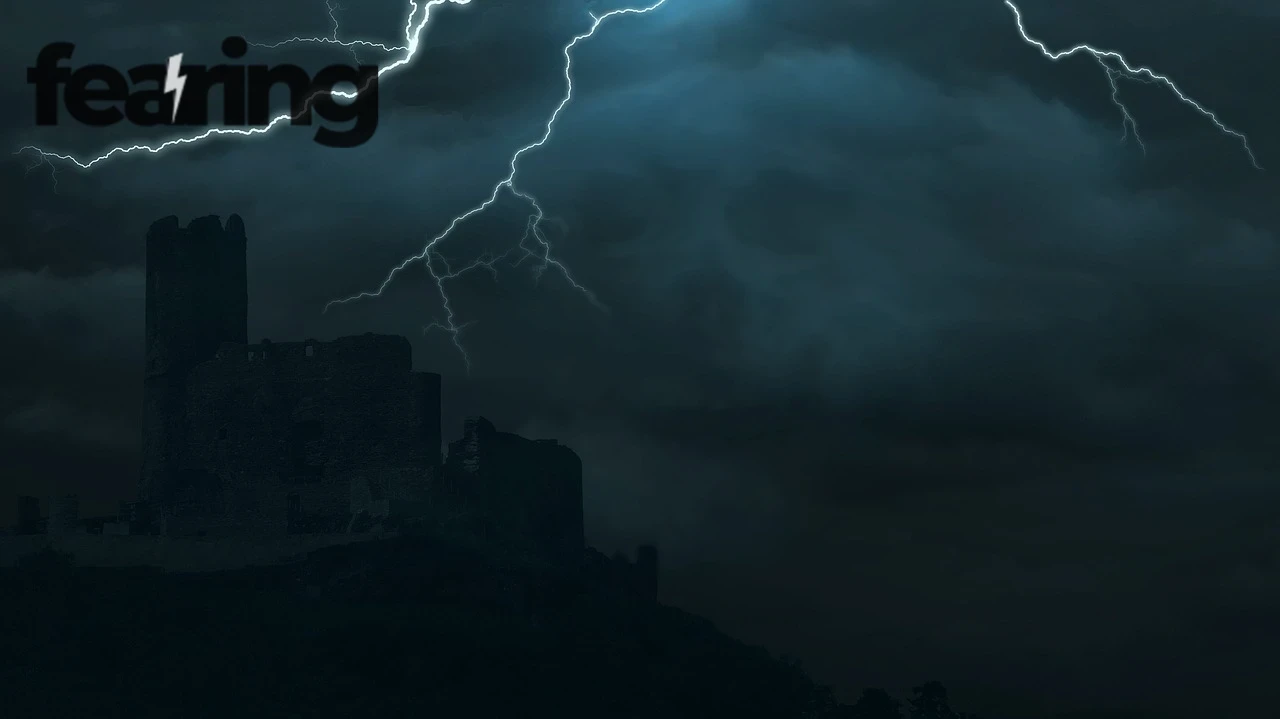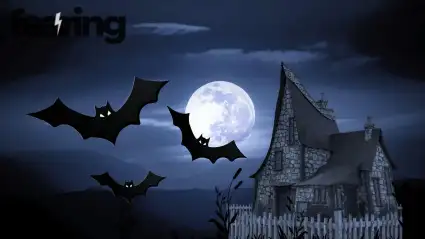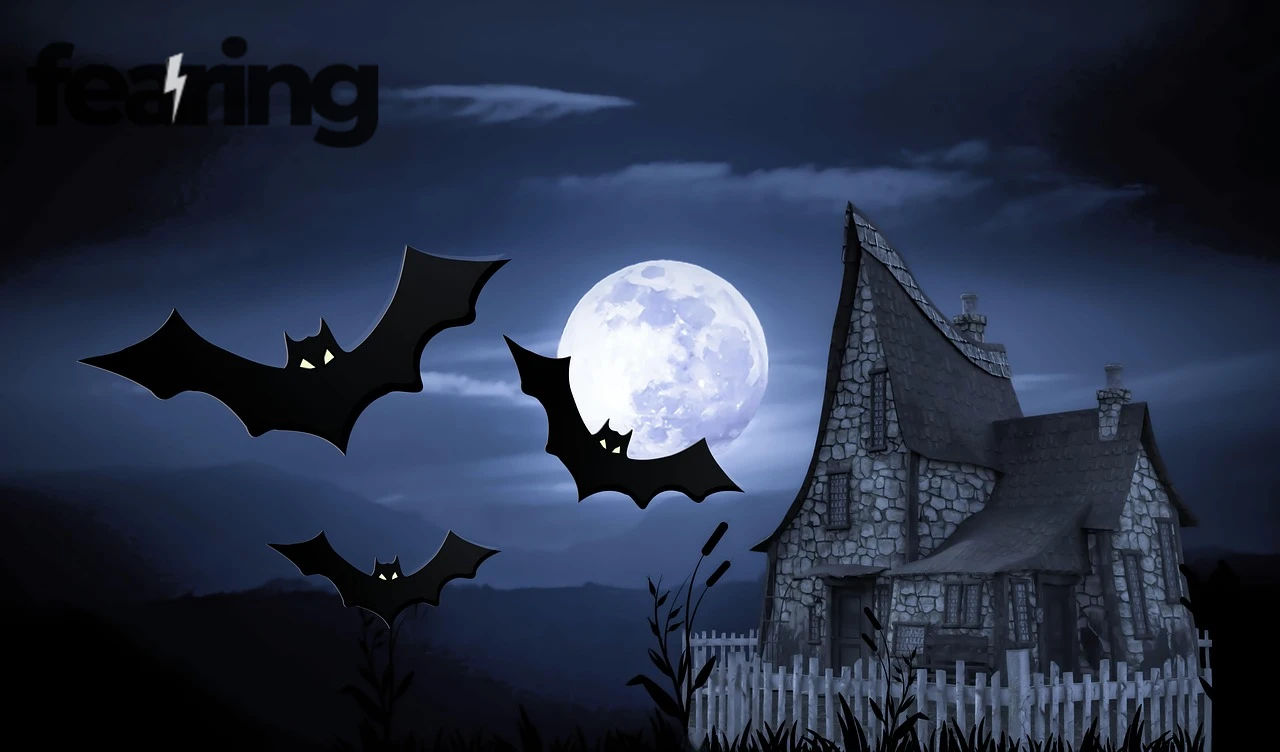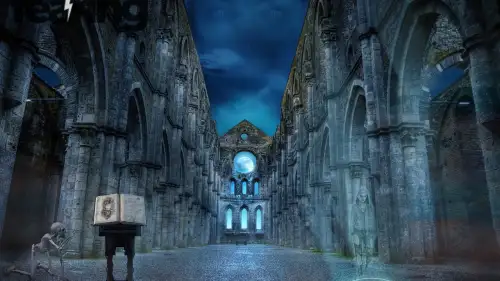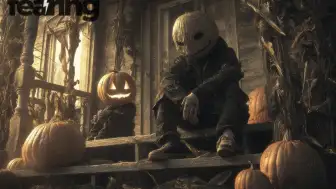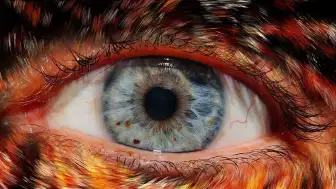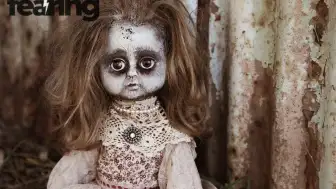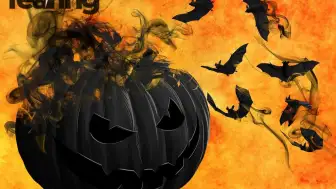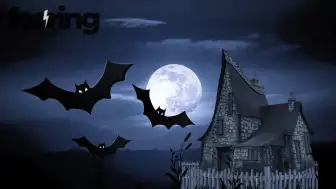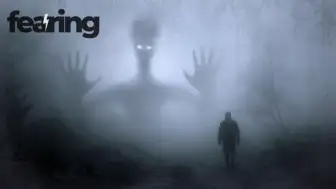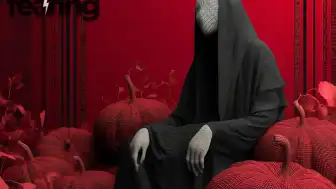Horror Art and Music no longer belong to shadowy museums or old theaters — they’ve become living, breathing experiences. The boundaries between artist and audience, sound and silence, have blurred. In today’s creative world, fear isn’t just observed; it’s felt through every note, color, and frame.
Composer Akira Yamaoka, best known for Silent Hill, once said, “Horror is not about volume — it’s about resonance.” His idea captures what modern horror creators strive for: the echo of fear that lingers long after the lights go out.
The Rise of Immersive Horror Art
Museums and galleries across the world are embracing horror-inspired installations that challenge emotional comfort zones. Instead of paintings or sculptures, these experiences use light, sound, and even scent to evoke dread.
At the Dark Spectrum exhibition in London (2024), visitors walked through eight rooms designed to represent stages of fear — from anticipation to panic. Attendance surpassed 200,000 in the first month, proving that audiences crave emotional intensity.
Curator Lena Ortiz commented, “Horror in art no longer repels people — it invites them in. Fear has become an aesthetic.”
Digital Canvases of Dread
In the digital era, horror art flourishes through visual storytelling and animation. Platforms like ArtStation and DeviantArt host thousands of creators exploring themes of decay, distortion, and surreal beauty.
Popular styles include:
Digital Gothic: Combining classical chiaroscuro with cyberpunk detail.
AI Horror Portraiture: Faces subtly “off” — one too many eyes, a mouth too wide, evoking the uncanny valley.
Noise Realism: Hyper-detailed, grainy visuals resembling decayed film stock.
Algorithmic Dystopia: AI-generated cityscapes that feel abandoned before they were built.
Artist Theo Wren explains, “We used to fear monsters. Now we fear perfection — because it feels artificial.”
The Science of Sound and Fear
Music manipulates human biology faster than any visual cue. Horror composers understand this deeply, using specific frequencies and timing patterns to elicit physiological fear.
| Technique | Effect | Example |
|---|---|---|
| Infrasound (below 20 Hz) | Causes anxiety, nausea, and panic | Used in Paranormal Activity |
| Dissonant chords | Trigger tension and unease | Hereditary soundtrack |
| Reverse reverb | Creates ghostly “sucked-in” effect | The Ring soundtrack |
| Sudden silence | Amplifies anticipation | A Quiet Place |
| Slow tempo + minor key | Induces dread and sadness | The Witch score |
Musicologist Dr. Helen Fisher says, “Horror music doesn’t scare you because it’s loud — it scares you because it predicts danger before you realize it.”
How Technology Composes Terror
AI-based music generators now create evolving horror soundscapes that respond to the listener. These systems use biometric data like heart rate and facial expression to adjust tempo and volume in real time.
Composer and programmer Eliora Mann describes this new art form: “We’re entering a world where sound watches you. The song becomes sentient — it learns what frightens you most.”
Streaming platforms have noticed this trend. Spotify’s 2025 analytics show that horror-themed instrumental playlists grew by 48%, particularly among listeners under 30. Fear has become both entertainment and relaxation — paradoxical, but real.
Horror as Emotional Art Therapy
Though it may seem counterintuitive, exposure to horror imagery and music often helps people manage anxiety. Studies from The Psychology of Aesthetics Journal reveal that confronting fear through art increases resilience and empathy.
Clinical psychologist Dr. Chris French explains, “Horror lets people rehearse fear in safety. It’s a form of control over the uncontrollable.”
Artists themselves often describe the process as exorcism. Through creation, they purge trauma, grief, and guilt. Their audiences, in turn, find solidarity in shared discomfort.
The Role of Silence in Horror Composition
Modern horror composers treat silence as an instrument. The absence of sound amplifies attention, forcing the listener to anticipate threat.
In The Witch (2015), composer Mark Korven used minimal instruments, leaving entire scenes almost silent — the creak of a chair or the rustle of wind became the melody. “Silence,” Korven said, “is the loudest sound in horror.”
Visual Horror and Cultural Identity
Artistic fear varies across cultures.
Japanese horror art embraces subtlety and spiritual unease — ghosts drawn with flowing hair and empty eyes symbolize lingering emotion.
Western horror emphasizes violence and transformation, reflecting fear of loss of control.
African horror art merges ancestral spirits with colonial trauma, creating hybrid mythologies.
Middle Eastern artists explore forbidden spaces, mixing faith, superstition, and memory.
Cultural historian Dr. Ibrahim Kaya summarizes it best: “Horror isn’t universal. It’s local fear dressed in global form.”
The Renaissance of Horror Music in 2025
Horror composers today mix analog warmth with digital experimentation. Vinyl releases of classic scores like Suspiria and The Thing are outselling pop records among collectors.
Meanwhile, indie musicians on platforms like Bandcamp and SoundCloud release dark ambient albums inspired by haunted sound design. One example is “Night Static” by emerging artist Lior Halevi, which uses decayed tape loops and field recordings from abandoned factories.
Music critic Evelyn Chase calls it “the sound of forgotten machinery dreaming.”
Fear as a Language of Connection
Ultimately, both horror art and music communicate what words can’t. They express collective emotion, translating trauma into rhythm and imagery.
Director Ari Aster once said, “Horror is the only genre that makes grief visible.” In galleries, in headphones, and on screens, fear continues to be our most honest form of storytelling.
The transformation of terror into art reveals an eternal truth — that beauty, like fear, is never meant to be comfortable.
FAQ
Q1: Why is horror art becoming more popular?
A1: Because audiences crave emotional authenticity; fear feels real in a world of digital perfection.
Q2: How does horror music affect the brain?
A2: It activates threat detection systems, creating adrenaline rushes that mimic excitement.
Q3: Is AI changing horror composition?
A3: Yes, adaptive soundtracks now tailor fear to the listener’s physical reactions.
Q4: Can horror art be therapeutic?
A4: Absolutely. Both artists and viewers use it to process repressed emotion.
Q5: What is the next trend in horror creativity?
A5: Multi-sensory experiences that merge sight, sound, and biometric feedback for personalized fear.
Sources
Cultural Analytics Journal 2025
New Scientist – Sound and Emotion Studies

